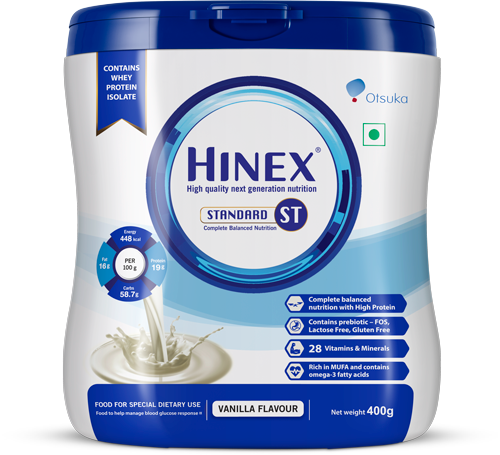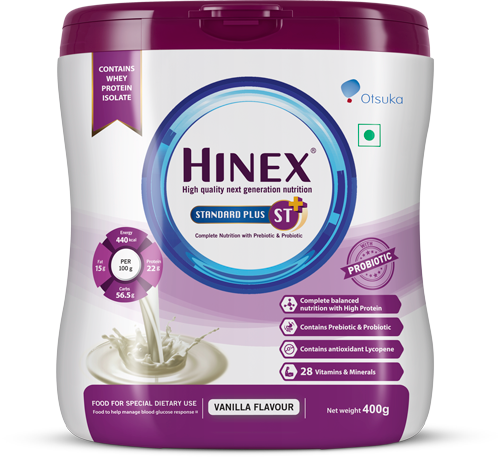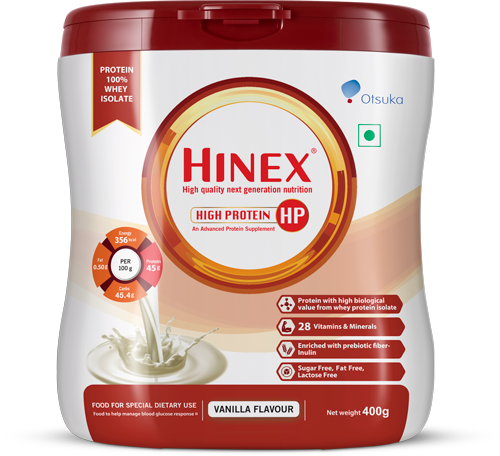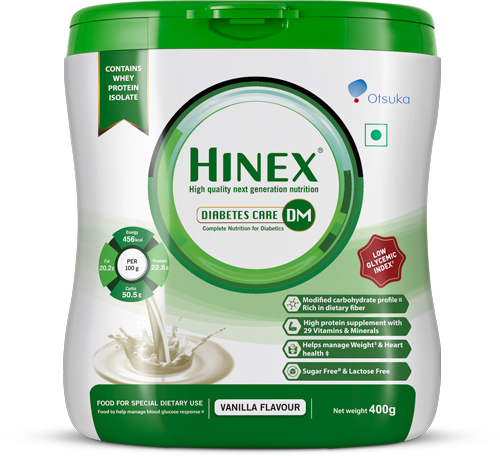How can protein intake help you enhance muscle health in disease states?

Protein and muscle health

The largest store of body protein is skeletal muscles; their mass depends on amongst others age, gender, health condition, and regular physical activity. During the life span, there are ethnicity-related differences in skeletal muscle mass. Muscle wasting is observed in a variety of diseases like cancer, chronic kidney disease, heart failure, and chronic obstructive pulmonary disease (COPD) as well as after prolonged inactivity or during aging. Hence maintaining a healthy skeletal muscle mass is considered important for long, independent, and healthy living.1,2,3,4
An adult male of 70 kg may have about 7 kg of muscle protein, while in the young non-obese adult skeletal muscle mass may be up to 60% of the body mass. In many studies, it has been observed that skeletal muscle mass decreases while aging which suggests this may start already at the age of about 30 years and is progressing after 50 years of age. On the other hand, there are studies showing that during most of adulthood muscle mass is fairly stable and that at the age of 70 most healthy elderly still have about 80% of the muscle mass between 20 and 30 years of age.5,6,7
Why is protein important for building muscle?
Protein is made up of amino acids that act as building blocks for cells and tissues in the body. There are 20 amino acids that combine to form proteins. Some forms of proteins can be synthesized by the human body, others cannot. Essential amino acids are the nine amino acids that the body cannot make. These must be obtained through diet. As the person consumes proteins it is digested and is involved in many processes in the body, including tissue growth and repair, immune function, and energy production.8,9
Muscle proteins are continuously broken down and rebuilt like other body tissues. In order to build muscle, a person must consume more protein than what is broken down. This is often referred to as a net positive nitrogen balance, as protein is high in nitrogen.9
If an adequate amount of protein is not consumed by a person their body tends to provide the amino acids needed to support body functions and preserve more important tissues. Over time this can lead to decreased muscle mass and strength. Lastly, the body uses amino acids for muscle repair, recovery, and growth after suffering from diseases.10
How much protein do you need?

Healthy adults who age over 19 years old should get between 10-35% of their daily calories from protein. One gram of protein provides 4 calories. This shows that a person who consumes 2,000 calories per day would need to consume between 50 and 175 grams of protein per day.The ideal amount of daily protein a person should consume varies depending on several factors, including age, gender, activity level, health, and other variables when it comes to building muscle mass.11
What are the best protein sources?12
Daily protein can be met by eating animal and plant-based protein sources.
Animal-based protein sources include:
Plant-based protein sources include:
Key benefits of protein in muscle health during disease states
Muscle development
A protein-rich diet that helps in building muscles in our body is an important aspect of bodybuilding. Proteins support the building of tendons, ligaments, and other tissues which help in maintaining a healthy muscle mass. It also helps to repair the damaged muscles to grow back stronger.13
Help with bone metabolism
Proteins help in increasing calcium and magnesium absorption in our body, thereby increasing our bone strength. It also helps in healing bone fractures and even osteoporosis which is considered to be a very harmful bone disease.14
Aids muscle recovery and growth
After any disease, muscle recovery and growth are very important in maintaining body health, hence consuming proteins helps inbuilding muscles. Combining regular activity and exercise with protein intake promotes muscle growth.15
Before consuming protein consider speaking with a healthcare provider or a registered dietitian to discuss how much protein is suitable for you, since the optimal amount of protein a person needs depends on age, health status, and activity level.16
References
1. Calcif Tissue Int (2015) 96:183–195
2.Am J Hum Biol. 2010; 22(1):76–82.
3. Annu Rev Pharmacol Toxicol. 2019 Jan 6; 59: 315–339.
4. Biogerontology. 2016 Jun;17(3):497-510
5. Scientific Opinion on Dietary Reference Values for protein. EFSA Journal 2012; 10(2):2557.
6. Curr Opin Clin Nutr Metab Care. 2004 July ;7(4): 405–410.
7. Front Physiol. 2012 Jul 11;3:260.
8. Lopez M et al. Biochemistry, Essential Amino Acids. Available at https://www.ncbi.nlm.nih.gov/books/NBK557845/. Accessed on 29nd Dec 22
9. Food Funct., 2016, 7, 1251
10. Nutrients. 2016 Jun; 8(6): 359.
11. How Much Protein Do You Need to Eat Every Day?. Available online at https://www.eatingwell.com/article/290496/this-is-how-much-protein-you-need-to-eat-every-day/. Accessed on 29nd Dec 22
12. Nutrients 2018, 10, 360
13. Nutrients 2019, 11, 1136
14. J Osteoporos. 2017: 4218472.
15. Front. Nutr.2018; 5:83.
16. How much protein do you need to bult muscle. Available online at https://www.medicalnewstoday.com/articles/how-much-protein-do-you-need-to-build-muscle. Accessed on 29th Dec 22

 Buy Now
Buy Now Buy Now
Buy Now



